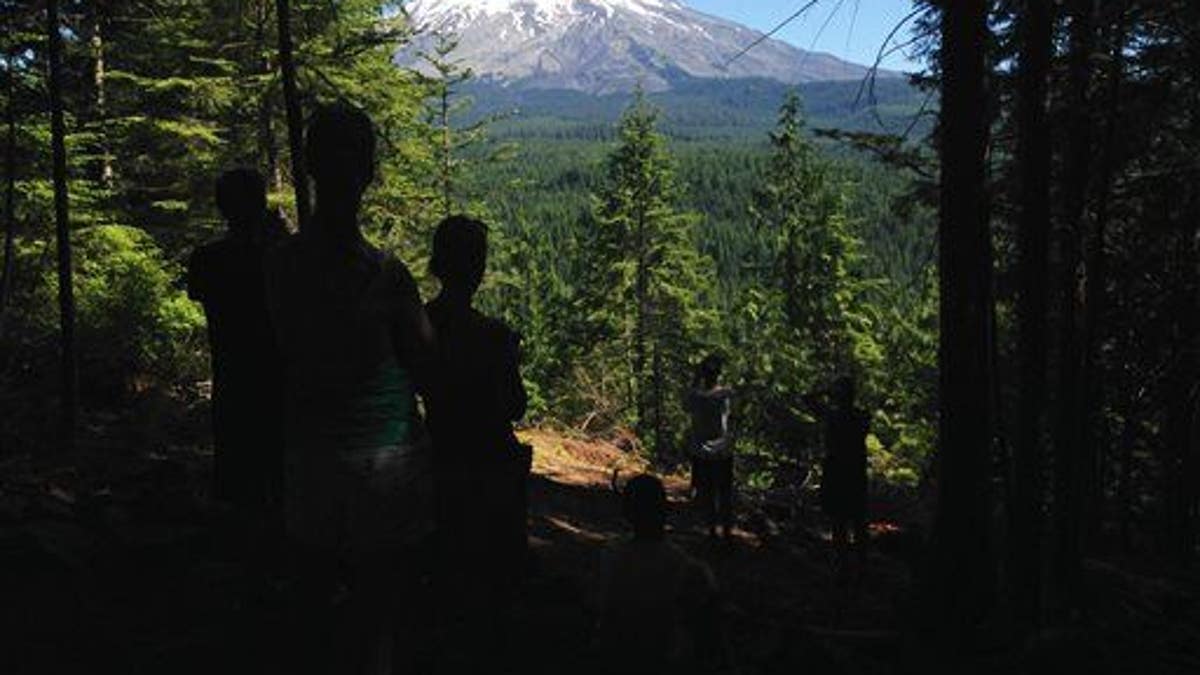
In a June 7, 2015 photo, Mount St. Helens is visible from a trail near Cougar, Wash. The first new hiking trail at Mount St. Helens National Volcanic Monument in two decades opened in 2014 and delivered something that had been missing in the Ape Cave area--a view of the volcano. (Craig Hill/The News Tribune via AP)
Mount St. Helens already stands out as one of the most active volcanoes in the Cascade Arc and the deadliest in the US, since its 1980 eruption claimed nearly 60 lives.
It's also an outlier in a literal sense, sitting 30 miles west of the volcanoes that neatly line the Cascade Arc from north to south. Now scientists are reporting in the journal Nature Communications that they've discovered another oddity: The volcano appears to be perched atop what Gizmodo calls "a cool wedge of serpentine rock"—dramatically unlike the fiery cauldrons of hot magma beneath other volcanoes.
"We don’t have a good explanation for why that’s the case," Steve Hansen, a geoscientist at the University of New Mexico in Albuquerque, tells Gizmodo. His team drilled a couple dozen holes, filled them with explosives, and triggered minor earthquakes to watch seismic wave activity beneath Mount St.
Helens, "a bit like a CAT scan," Hansen says. But their findings leave them with more questions, namely: What's the volcano's heat source, if it's not right below the volcano itself? Hansen surmises that it's coming from further east, but until his team does more research, it's what Science News is calling "a cold case." (Earlier this year, there were dozens of small quakes on the mountain every week.)
This article originally appeared on Newser: Beneath Mount St. Helens, a Heart of (Cold) Stone
More From Newser
